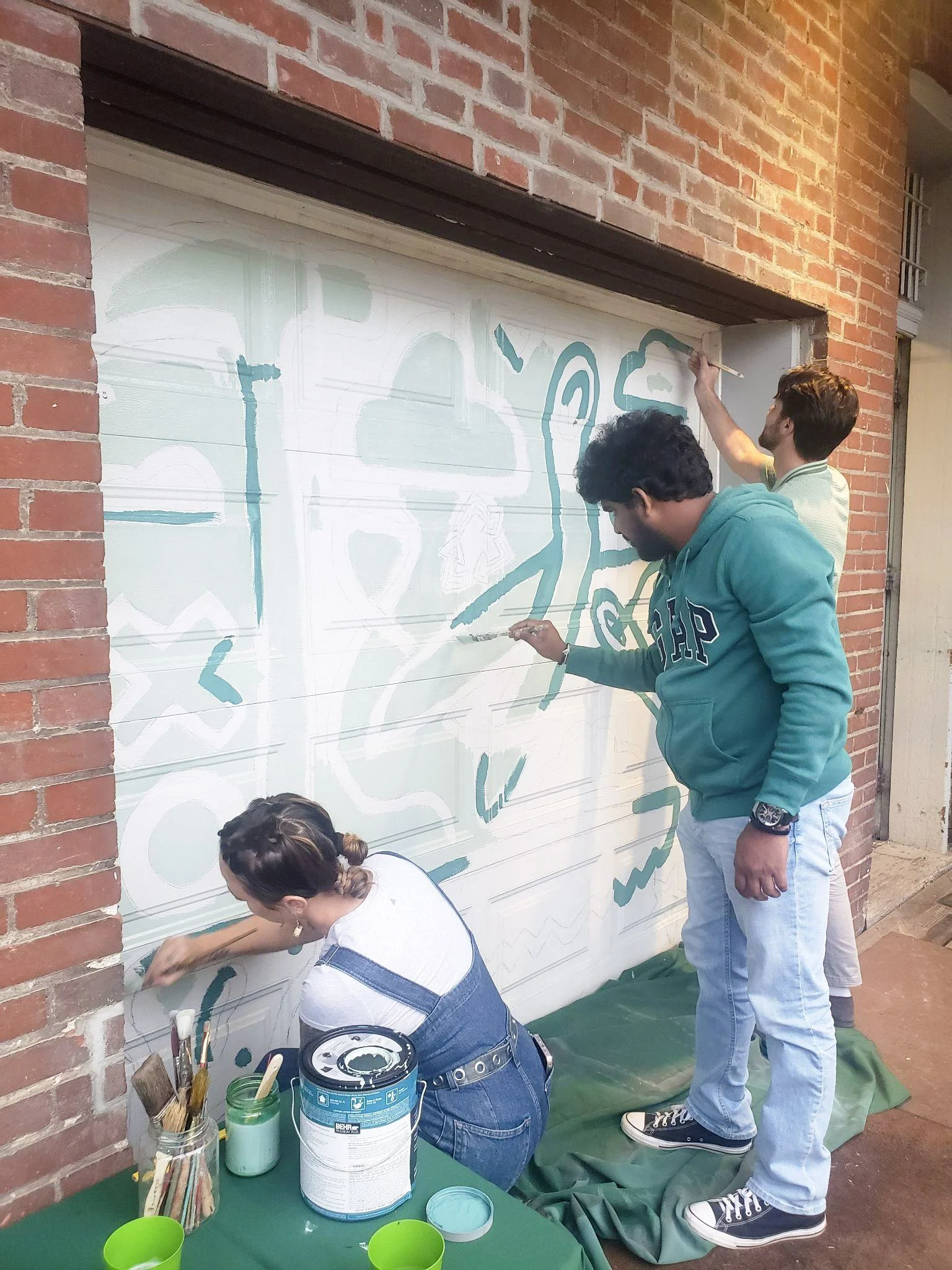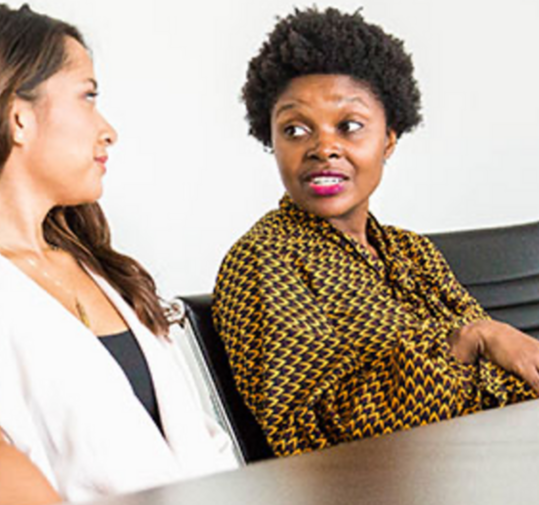
Stories
Partner Stories
Their journey to create more supportive environments and effective teams.
Small Experiments Underway
The nonprofits we work with implement our framework in ways as diverse as the organizations themselves. For some, building supportive environments means addressing unrealistic expectations of productivity or improving feedback methods. For others, it means restructuring meetings so everyone’s voice is heard. Here are some of our partners’ experiments with supportive environments.
Simplifying Volunteer Sign-Up
Junior Achievement of Eastern Iowa (JAEI) wanted to improve their volunteer retention from one year to the next. As they learned about the SEE Framework they started to see some barriers in the sign-up process that could be holding back returning volunteers. Read their story to learn more about their small experiment—from gathering information to questioning the existing process and trying something new!
Benefits of Hands-On Training
The Racine Zoo offered a wide variety of volunteer positions, but they did not have a specific training tailored to each role. Spurred by feedback from volunteers, they decided to try out a small experiment— improving a single training, the Commissary position. This role helps zoo staff prepare food for the animals. Read their story to see how they adapted their training to support different learning styles.
Keeping Volunteers Informed
The Wheelchair Ramp Accessibility Program (WRAP) realized through their SEE cohort that they needed a more consistent environment for sharing information with volunteers. The organization was growing, and their informal communication methods had started to become a challenge. Read their story to learn about their small experiment: the Monday Morning Minute!
Creating A Shared Vision
Perennial, a small arts and sustainability organization in St. Louis, Missouri, teaches people creative ways to reuse salvaged goods. By participating in a SEE learning cohort, they realized they needed to reframe their approach to engaging their board members. Read their story to learn about the tools they used to get on the same page, and the improved communication patterns that followed.
Enhancing Volunteer Engagement With Strategic Planning
Like many nonprofits, Habitat for Humanity of Metro Denver was so busy managing their volunteer engagement programs that it was difficult to make time to evaluate how they were going. If that sounds familiar to you, read their story to find out how pausing and using a SEE lens for their work helped them identify strategic next steps.
Building A Collaborative Onboarding
earthday365 joined our cohort in greater St. Louis after grappling with feedback they received during an exit interview, alerting them to challenges with their onboarding. Learning about Supportive Environments for Effectiveness (SEE) helped them better understand the onboarding experience from the new employee’s viewpoint, and what they did with that feedback shows the transformative power of small changes.
Reshaping Volunteer Orientation Environments
By many metrics, the Cedar Rapids Public Library (CRPL) ran a fairly successful new volunteer orientation program. For over a decade, they received excellent feedback. In fact, 98% of the volunteer participants reported that they felt prepared to be a part of the library as a result of the orientation, and 94% reported that the information was presented in a clear, engaging manner. So why mess with a good thing?
Creating a More Effective and Consistent Onboarding Process
The onboarding process at Community Shares Colorado (CSC) provided new hires with an overwhelming amount of material at the outset, but also excluded key information. As a result, new staff felt it took approximately a year until they could comfortably say they had the skill and competencies required without needing to reference other staff. CSC used SEE to better understand what new hires needed to be effective in their roles, and develop a standard onboarding process that met their needs while not becoming burdensome for managers.
Improving Organization-Wide Communication
The Community Resource Center (CRC) found that their quick growth, irregular working hours, and frequent travel were damaging group communication. More meetings were scheduled to compensate and stay in touch, but these provided too little content to be beneficial. CRC used SEE to develop a unique approach that struck a balance between communicating and working.
Improving Offboarding
Community Shares Colorado (CSC) recognized that their lack of an offboarding procedure consistently led to stressful situations in the last two weeks of a staff member’s employment. Using the SEE framework, CSC developed a new, standardized offboarding procedure that provides more clarity to colleagues about the status of the employee’s projects, and gives the departing employee an opportunity to provide feedback.
Rethinking New Board Member Orientation
Spark the Change Colorado wanted to get its new board members up-to-speed quickly. Its approach had always been to provide new members everything they might ever need to know during a one-hour orientation session. But this had the opposite effect: a meeting meant to be informative and inspire engagement felt more like drinking from a fire hose. Using SEE, Spark articulated its priorities for its new board members and revised its orientation structure to accomplish that.
Making Goals Consistent
Board members at the Colorado Alliance for Environmental Education (CAEE) thought they were aligned on the same organizational goals, but realized their interpretations of these goals varied greatly. It was creating conflict within the organization that impeded its ability to function effectively. To get on the same page, CAEE took a step back, and worked together to redefine its mission, vision, and values.
Providing Useful, Relevant Feedback
The Gathering Place (TGP) had a process for collecting and providing annual feedback to their employees. The problem? Feedback took a disproportionately long time to complete, and often wasn’t geared toward improvement. TGP worked with staff to understand what was working with the current system, and what wasn’t. Its new system takes time constraints into consideration, and gives staff a more flexible way of discussing performance with their peers.
Improving Work Life Balance
Staff at the Community Resource Center (CRC) was struggling to balance work and personal life. Employees weren’t asking for help because of an unintentional “put your head down and get it done” work environment. Using Supportive Environments for Effectiveness (SEE), CRC was able to understand why this mentality was problematic and develop a solution that supported open communication, broke down barriers between employees, and made room for fun.














